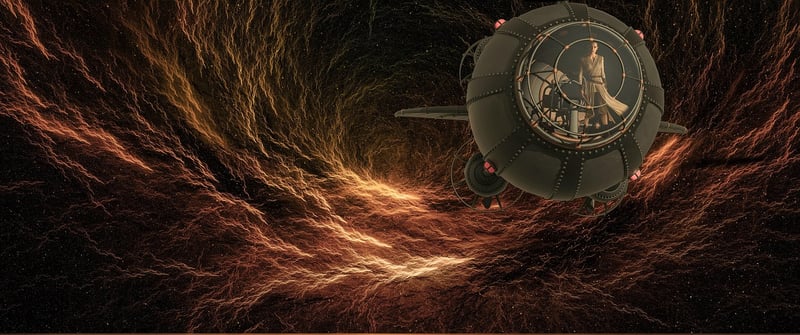Wormhole Travel
The Fascinating World of Wormhole Travel: Mechanisms & Theory
Wormholes, often featured in science fiction as portals for interstellar travel, have captured the imagination of many. But what are they, and how could they potentially enable us to traverse vast distances in the universe? Let's delve into the mechanisms and theory behind wormhole travel.
What are Wormholes?
Wormholes are hypothetical passages through spacetime that create shortcuts for long journeys across the cosmos. These theoretical tunnels could connect two separate points in space, potentially allowing for faster-than-light travel between them.
Understanding the Theory
The concept of wormholes stems from Einstein's theory of general relativity, which describes gravity as the curvature of spacetime. Wormholes are believed to be regions where spacetime is folded back on itself, creating a bridge between distant locations.
The Mechanics of Wormhole Travel
For a spacecraft to utilize a wormhole for travel, it would need to enter one mouth of the tunnel and exit through the other. Navigating a wormhole poses significant challenges, including stabilizing the passage and avoiding potential hazards such as extreme gravitational forces.
Feasibility and Challenges
While wormholes remain a theoretical concept, scientists continue to explore the possibilities and challenges associated with their existence. The energy requirements for creating and sustaining a stable wormhole are immense, and the exotic matter needed to stabilize it is still purely theoretical.
Conclusion
Wormhole travel represents a captivating idea that pushes the boundaries of our understanding of spacetime and the universe. While currently confined to the realm of science fiction, ongoing research and advancements in theoretical physics may one day unlock the secrets of these cosmic shortcuts.

Explore further:
